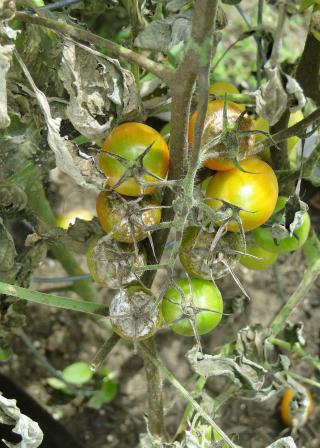Whether on trees, shrubs, or other plants, plant diseases require three things to develop: Presence of a disease causing agent called a pathogen; Susceptibility to that particular pathogen; and Environmental factors which can affect both the plant and the pathogen. These factors are subject to a great deal of variation, depending on the particular plant and pathogen involved. Diseases can be classified in two broad categories: those caused by infection or living agents and those caused by non-infection or non-living agents. Examples of infection agents include fungi, viruses, and bacteria. Non-infectious diseases, which account for 70 to 90 percent of all plant problems in urban areas, can be caused by such factors as nutrient deficiencies, temperature extremes, pollutants, and fluctuations in moisture. Factors of non-infectious diseases can often produce symptoms similar to those caused by infectious diseases. Therefore, it is essential to distinguish between the two in order to give proper treatment. Correct diagnosis of plant disease requires a careful examination of the situation and systematic elimination of possibilities.
Plant Diseases

Sorry, there are no FAQs related to Plant Diseases.

